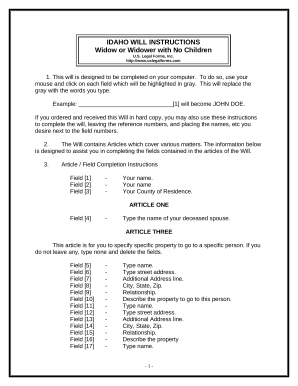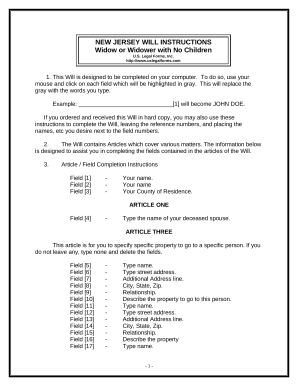






Accelerate your file administration with the No Children Estate Planning collection with ready-made form templates that suit your needs. Access the form template, edit it, complete it, and share it with your contributors without breaking a sweat. Start working more effectively together with your documents.
The best way to use our No Children Estate Planning:
Discover all of the opportunities for your online document management with the No Children Estate Planning. Get a free free DocHub profile right now!